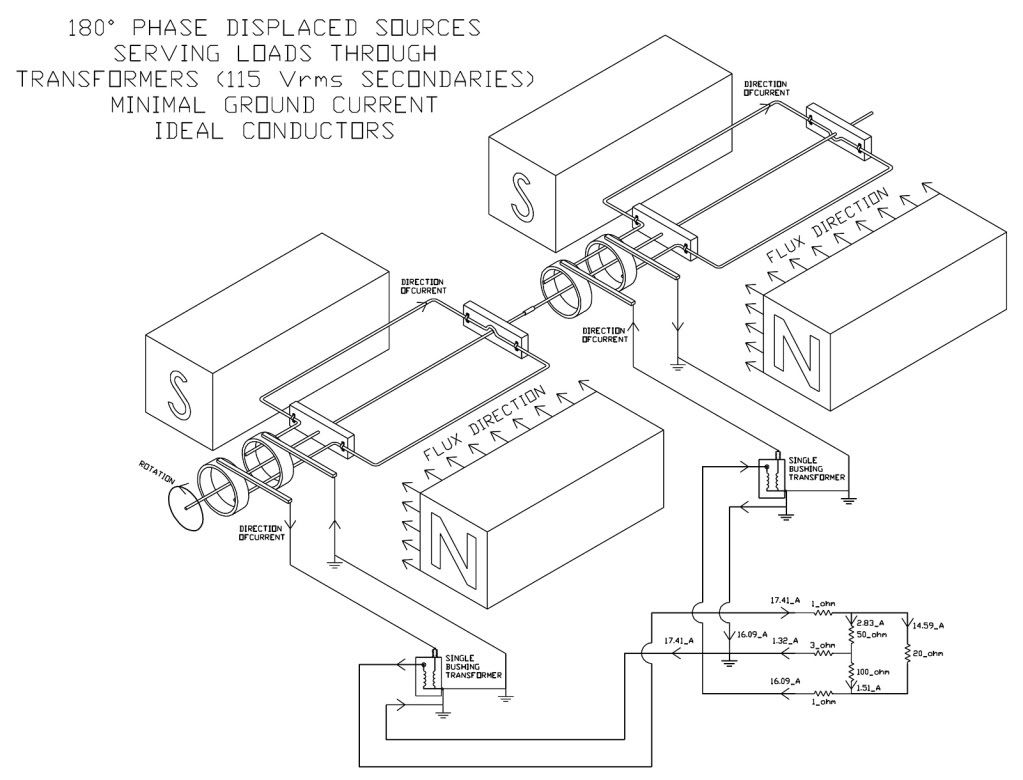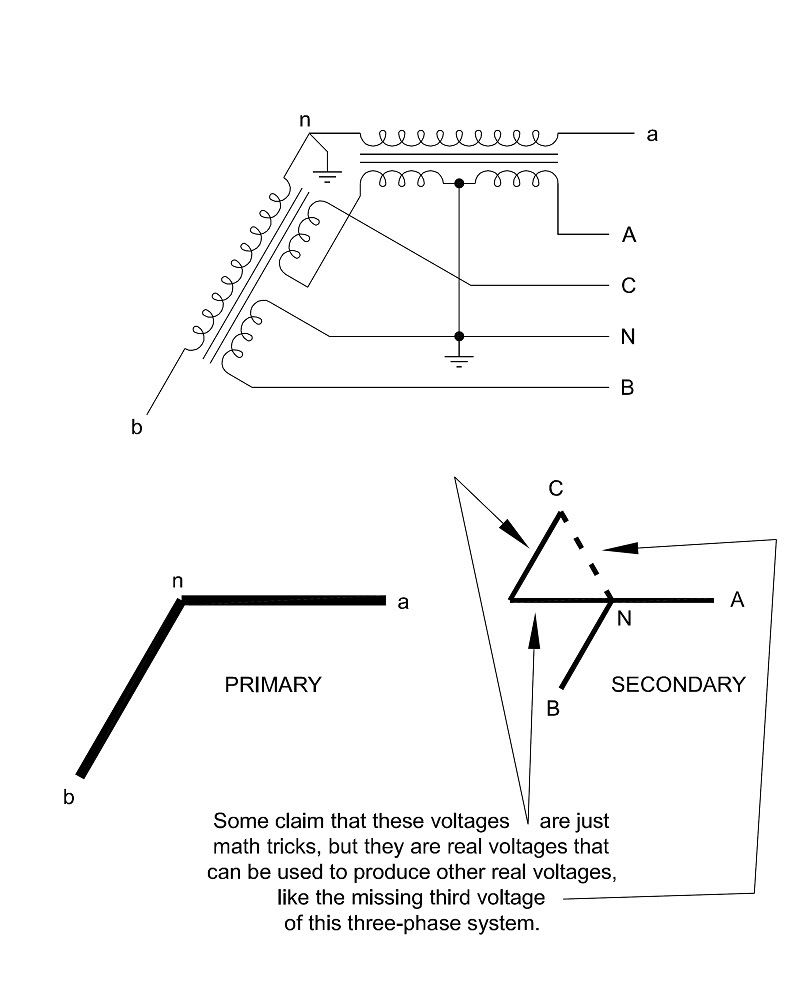hurk27
Senior Member
- Location
- Portage, Indiana NEC: 2008
There is a significant difference between changing how one measures a voltage and physically changing what is being measured. When this topic last came up about 3 1/3 years ago, I put together this picture of batteries to help explain the concept. It is very similar to this discussion pertaining to a center tap transformer.
The right hand stack of batteries represents what happens when you "define" the system based on reversing your test leads. The image to the left is what happens when you simply relabel the system with a chosen reference point in the middle.
View attachment 5904
I'll bet you like me have a bunch of stuff like this all piled on to you hard drive from years ago LOL, between this computer my laptop and my old computer I don't know how many diagrams and charts and , and ,and, well just about everything you can think of. hurk27<<<< Master pack rat:lol:
When I got this computer I made sure I was going to have enough hard drive space for it all, so I ordered it with 2 500gig SATA rad 0 which shows up as over one T bite :roll:
Now all I got to do is get my old computer out of the basment and transfer all its stuff to this one, just haven't found that round tuit:happyno:




